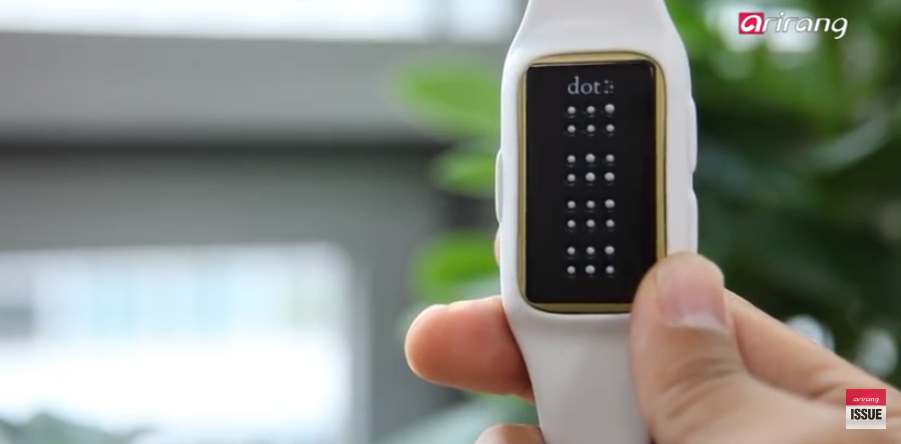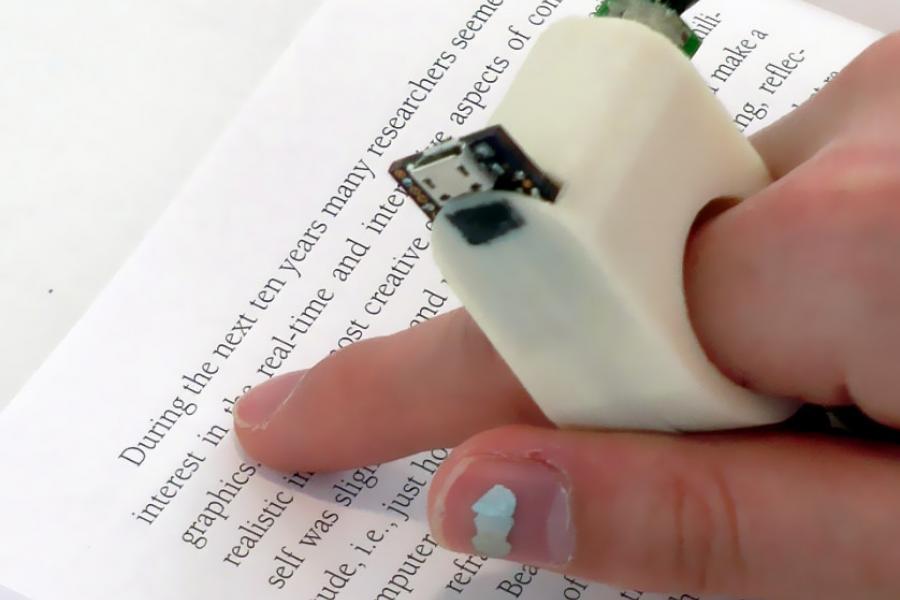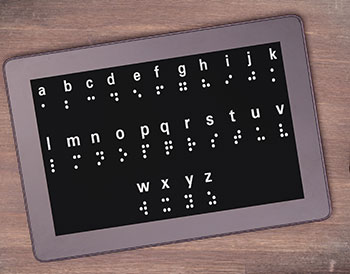Mobility Aids for Visually Impaired Users: Improving Autonomy
Mobility Aids for Visually Impaired Users: Improving Autonomy
Blog Article
Empowering Independence With Assistive Technology for the Blind
The integration of assistive modern technology right into the lives of people with visual impairments stands for a considerable innovation in promoting self-reliance and self-sufficiency. From cutting-edge screen readers to advanced clever walking canes, these devices not only improve day-to-day navigating and communication however likewise encourage users to involve meaningfully in various facets of life. As we explore the myriad benefits and real-world applications of these modern technologies, it ends up being vital to take a look at the underlying elements that add to their efficiency and the capacity for future growths in this essential area.
Introduction of Assistive Innovation

The growth of assistive technology is grounded in concepts of inclusivity and empowerment. Developments in software application, equipment, and sensory improvements offer customers with alternatives tailored to their certain requirements. From display readers that convert message to speech, to tactile tools that convey information with touch, these devices change the means individuals involve with their surroundings.
Along with sensible applications, assistive innovation cultivates higher social addition and involvement in different fields, consisting of education and work (AI-powered visual aids). As study and development remain to evolve, the capacity for assistive technology to better improve the lives of visually damaged individuals stays encouraging, leading the way for a more equitable culture where everyone can flourish
Sorts Of Assistive Devices
A variety of assistive gadgets have actually arised to support people with visual impairments, each designed to fulfill details needs and boost day-to-day functioning. These devices vary from low-tech options to high-tech advancements, giving varied alternatives for individuals.
Low-tech tools consist of magnifiers and large-print materials that aid in reading and writing. Braille tools, such as Braille slates and stylus pens, allow responsive analysis and interaction. Orientation and flexibility aids, like white canes, help customers browse their atmosphere securely.
On the greater end of the spectrum, electronic magnifying systems and screen viewers use significant assistance. Electronic magnifiers enable users to enlarge message and images on screens, while screen visitors convert digital content into synthesized speech, assisting in access to details on computers and mobile phones.
Smartphone applications also play a vital function, supplying features like text recognition and navigating support. Wearable innovation, such as clever glasses geared up with increased truth, is becoming a promising tool to boost situational understanding.
Benefits of Assistive Innovation
The integration of assistive innovation dramatically enhances the lifestyle for people with aesthetic impairments. These modern technologies encourage great site individuals by promoting self-reliance, enabling them to browse their environments better and do day-to-day jobs with higher simplicity. Display visitors and zoom software program allow people to access digital information, promoting educational and expert opportunities that might have formerly been out of reach.
Additionally, assistive devices such as wise walking sticks and GPS applications provide real-time navigation assistance, improving movement and safety. This increased autonomy not only boosts self-esteem however also encourages social interaction, permitting users to get involved even more totally in their communities.
Assistive innovation likewise facilitates interaction, assisting users link with others through voice recognition and text-to-speech applications. This capacity is vital for maintaining connections and accessing crucial info.
Additionally, the modification choices available with many assistive innovations make sure that individuals can customize gadgets to their specific requirements, further boosting functionality and efficiency. Generally, the benefits of assistive technology for people with visual problems are extensive, promoting an extra inclusive culture where everyone can pursue their desires and goals.
Study and Success Stories
Highlighting the transformative effect of assistive technology, many study show just how individuals with visual impairments have actually efficiently incorporated these tools right into their daily lives. One engaging example includes an university student who utilized screen analysis software to navigate on the internet resources and academic materials properly. This modern stylish glasses technology not only promoted her education and learning however likewise enhanced her self-confidence in taking part in discussions and team jobs.
An additional study includes a professional who uses a smartphone application created for navigation and object acknowledgment. By utilizing this app, he has gained back voice activated phones for the blind autonomy in both his personal and workplace, permitting him to commute individually and engage with colleagues better.
In addition, a senior citizen shared her experience with braille e-readers, which allowed her to access a substantial range of literary works and stay connected with her community through publication clubs.
These success tales emphasize the vital role of assistive modern technology in promoting independence, boosting lifestyle, and promoting social assimilation for people with visual disabilities (Braille displays and notetakers). By welcoming these ingenious devices, users can overcome difficulties and confiscate possibilities that add to their specialist and personal satisfaction

Future Trends in Assistive Innovation
Development in assistive innovation is positioned to redefine the landscape of support for individuals with aesthetic disabilities. Arising patterns emphasize the assimilation of expert system (AI) and machine understanding, which boost the capability of devices that assist with navigating and information accessibility. For circumstances, AI-driven applications are now capable of analyzing visual information in real-time, enabling users to engage with their setting a lot more separately.
Furthermore, the development of wearable innovation is advancing rapidly. Smart glasses furnished with increased fact (AR) can offer audio summaries of environments, changing how users engage with public spaces. These devices not only advertise autonomy but likewise foster social addition.
Furthermore, the Net of Things (IoT) is making homes smarter, enabling seamless connectivity in between assistive devices and day-to-day home appliances. This connection encourages individuals by making it possible for automatic responses and voice-activated controls customized to private needs.
Conclusion
To conclude, assistive modern technology plays a pivotal duty in equipping people with aesthetic disabilities by improving their freedom and engagement with their environments. The diverse array of applications and devices readily available not just assists in navigation and communication however additionally advertises social integration and chances for personal and expert development. As improvements continue in this field, the potential for enhancing the lifestyle for those with visual problems will expand, fostering greater freedom and empowerment.

Report this page